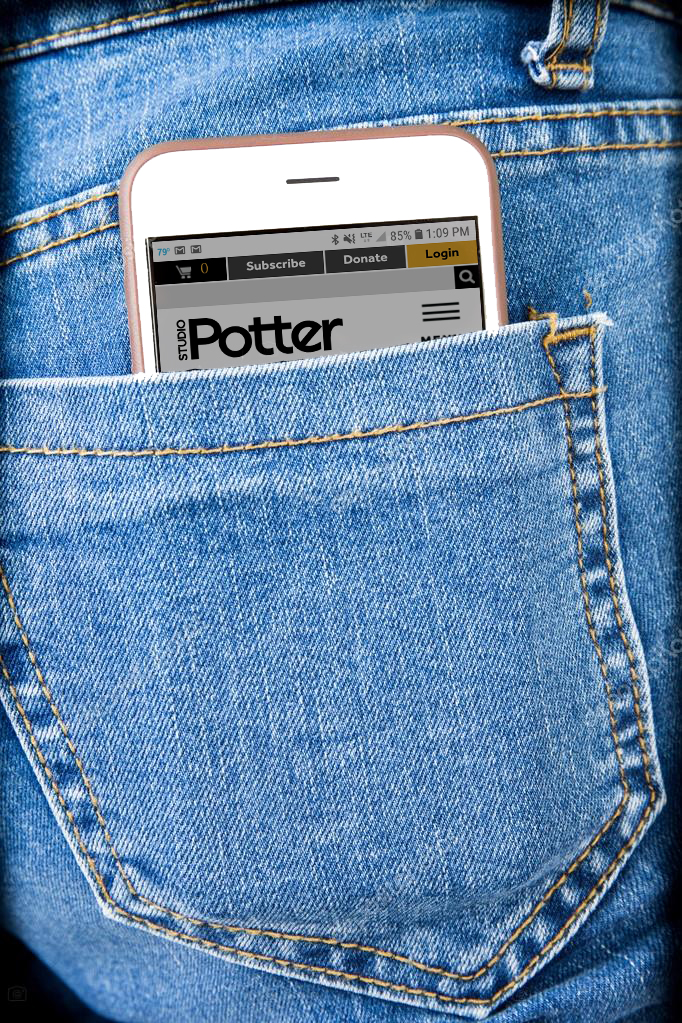
Our free featured article is Bryan Czibesz’s “A Conversation with Timea Tihanyi of Slip Rabbit Studio.” Tihanyi explains how her background growing up in communist Hungary impacts her artwork. She also talks about the development of her cutting-edge makerspace, Slip Rabbit Studio, in Seattle, Washington. Together, Czibesz and Tihanyi explore various binaries in ceramic arts; in particular, technology and the human hand.
This month’s historical article is “Living Ceramics: The Art of Vivika and Otto Heino,” by Jon Keenan. Keenan writes, “Potters and educators Vivika Place Heino (1910–1995) and Otto Heino (1915–2009) were part of a generation that redefined the art of ceramics by blending Asian, European, and American traditions in the post-war era.” The article begins by sharing Vivika’s and Otto’s backstories, then tells about their lives together. The Heinos spent forty-five years together creating art and educating aspiring potters. An exhibition of their work, “Coming Home: The Ceramic Art of Vivika and Otto Heino,” featuring works from the Forrest L. Merrill Collection, is on view at Colby-Sawyer College in New London, New Hampshire until October 15, 2019.
“On Fatherhood” is this month’s personal narrative written by artist Roberto Lugo. Lugo recalls his struggle of being a committed artist while being a dedicated husband to his wife, Ashley, and father to their two sons, Theodore and Otto. He explains why he almost gave up ceramics, and how his drive to be a good father kept him going. Lugo states, “Fatherhood has taught me to release the guilt of being in my studio nights instead of in the house, because my children see me as a superhero no matter what, and part of being their superhero is doing my work as an artist.”
“Cultural Continuity: Experimental Anthropology in Colombia and Beyond” is a short interview by Gregory Lastrapes. Lastrapes traveled to Medellin, Colombia, in January of 2019, where he met Santiago Isaza, an anthropologist and ceramist. Lastrapes shares Isaza’s backstory and interviews him about how ceramic art overlaps with archeology in Colombia. Isaza says, “[Most] Colombians who study ceramics do so to understand the manufacturing processes and materials used by ancient cultures,” and hopes to bridge archeology and contemporary education through his artwork.
